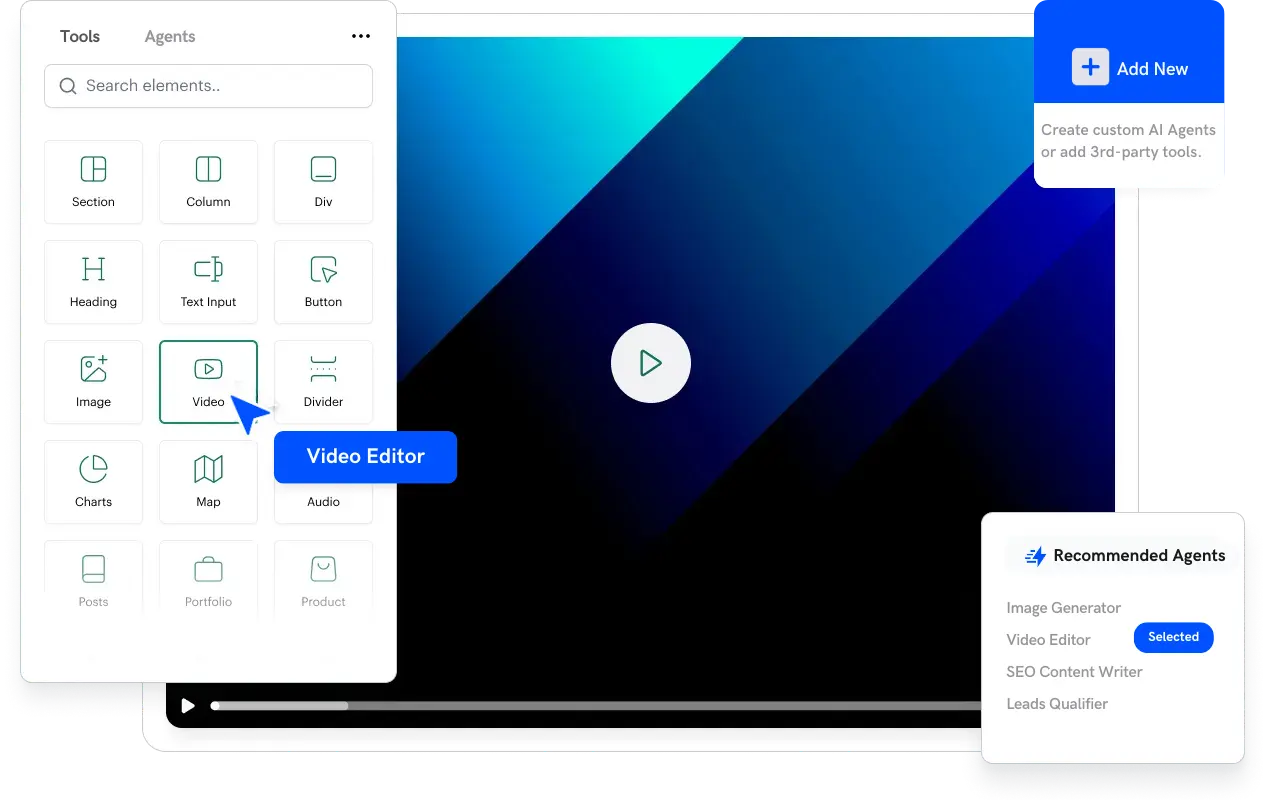Introduction
Generative AI is not just a futuristic concept—it is actively being integrated into the operations of forward-thinking companies across various industries. These organizations are leveraging AI to streamline processes, enhance creativity, and drive significant productivity gains. According to a report by Accenture, companies that adopt generative AI can see efficiency improvements of up to 35%. This article examines how companies are successfully integrating generative models into their operations, shares best practices, and highlights the role of TurboMode AI in enhancing these initiatives.
Real-World Applications of Generative AI
Companies are applying generative models in diverse ways:
- Content Creation:
Automating the generation of marketing materials, product descriptions, and creative content. - Process Automation:
Using AI to draft reports, analyze data, and even design prototypes. - Customer Interaction:
Enhancing chatbots and virtual assistants to provide personalized customer service.
Case Studies and Success Stories
- Technology Sector:
A leading tech company integrated generative AI to automate code generation and software testing, reducing development cycles by 30%. - Marketing and Advertising:
An advertising agency used generative models to produce creative ad copy and visual concepts, resulting in a 40% increase in client engagement. - Manufacturing:
A global manufacturing firm implemented AI-driven design models to optimize product designs, significantly cutting down on prototyping time and costs.
TurboMode AI Spotlight
TurboMode AI plays a vital role in streamlining operations by converting conversational insights into actionable tasks. This capability is especially beneficial when integrating generative models, ensuring that creative ideas are quickly executed and operationalized.
“We’re shifting the game from managing work to getting work done.”
Discover how TurboMode AI can enhance your operational efficiency by booking a demo today.
Integration Strategies
Successful integration of generative models involves several key steps:
- Assessing Needs and Setting Goals:
Identify areas where AI can add the most value, whether in content creation, process automation, or customer service. - Pilot Testing:
Start with pilot projects to evaluate the effectiveness of generative models before scaling them company-wide. - Seamless System Integration:
Ensure that AI tools integrate with existing enterprise systems, such as ERP and CRM platforms. - Employee Training:
Provide comprehensive training to help staff understand and effectively use new AI tools. - Continuous Improvement:
Use performance metrics and user feedback to refine AI models continuously.
Challenges and Solutions
While integrating generative models offers significant benefits, it also poses challenges:
- Data Quality and Integration:
Ensuring high-quality data is critical. Companies must invest in robust data management systems to feed AI models accurately. - Cultural Resistance:
Change can be met with resistance. Transparent communication and employee involvement in pilot projects can help mitigate this. - Regulatory and Ethical Considerations:
Ensure that AI applications comply with relevant regulations and ethical standards, particularly regarding data privacy and intellectual property.
Best Practices for Success
- Clear Communication:
Keep stakeholders informed about the benefits and progress of AI initiatives. - Agile Implementation:
Adopt an agile approach to AI integration, allowing for flexibility and rapid iteration based on feedback. - Partnerships with Experts:
Collaborate with AI experts and technology vendors to stay ahead of the curve and continuously improve your systems. - Monitoring and Analytics:
Use real-time analytics to monitor performance and adjust strategies as necessary.
Future Outlook
The integration of generative AI models is expected to become even more sophisticated, with future trends including:
- Enhanced Human-AI Collaboration:
AI tools that work alongside employees to boost creativity and decision-making. - Real-Time Content Generation:
Systems that generate and adjust content in real time based on user interactions and market trends. - Deeper Integration with Business Processes:
More seamless integration of AI into every aspect of operations, driving continuous improvement and innovation.
Conclusion
Companies that successfully integrate generative AI models into their operations are reaping significant benefits in efficiency, innovation, and competitive advantage. By adopting clear integration strategies, investing in quality data, and fostering a culture of continuous improvement, organizations can unlock the full potential of AI. Platforms like TurboMode AI further enhance these efforts by automating task execution and converting insights into action. Embrace these advanced technologies to drive operational excellence and secure your position in an increasingly AI-driven marketplace.






